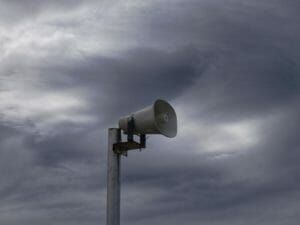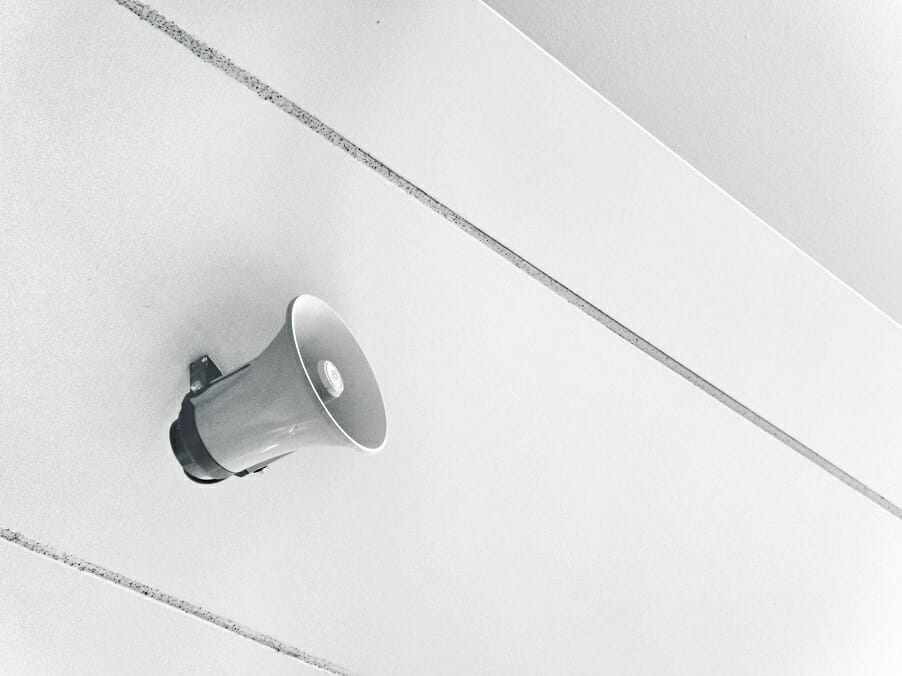Emergency Warning Systems: A Guide for Choosing the Best Outdoor Warning Siren
Emergency preparedness is a critical step in mitigating the consequences of a disaster or a significant occurrence, such as planning, emergency drills, and such. Its primary goal is to prevent casualties, ensure the community’s safety, and build assurance that business operations may deem undisrupted.
Taking actions in response to an actual event may reflect how prepared you are in case of an emergency occurrence, as being prepared in any circumstantial event ensures the public’s safety. Moreover, one essential component of emergency preparedness is the installation of outdoor warning sirens.
Outdoor warning sirens are employed by emergency personnel to alert the public to various threats and hazards that pose an urgent threat to life safety. This emergency warning equipment helps safeguard public safety in the event of a disaster. Thus, offering an additional layer of protection.
Sirens? What About It?
Outdoor warning sirens are solely operated to ensure the safety of the people. The use of sirens should be reserved for situations in which danger to life is evident and not in situations where the primary threat to property is present or when it is utilized in situations where it is not necessary for life-saving causes such as curfew sirens.
In addition to extreme weather, other events such as the discharge of dangerous chemicals or an imminent security threat may necessitate the deployment of a siren to alert people to seek shelter. The public needs to recognize the importance of outdoor warning sirens which deems as a warning to take urgent life-saving measures.
More importantly, these emergency sirens are handled by the local county officials or emergency preparation division. The sirens can be activated in the event of any form of calamity or disastrous events such as flood, hurricane, or tornado that requires widespread public involvement.

Outdoor Warning Sirens
Outdoor warning sirens are devices that alert individuals, most notably those outside, to take urgent action by seeking shelter from a dangerous threat. This article will then provide you with information on what to look for in an outdoor warning siren. Here are some of the following:
Sound Transmission And Acoustic Absorption
Horns must fulfill their primary function: to give the possible sound coverage while maintaining the highest possible quality of sound transmission. Also, keep in mind that the alarming area is not necessarily an oval or a circle; thus, the sound emission pattern is critical.
Significant levels of surrounding noise and obstructions to sound transmission may also be an issue in some areas. In these circumstances, the siren’s sound must be redistributed such that there are no acoustic blind zones.
Knowing The Differences In Sound Waves
The electronics provide a crisp square-wave tone, while the mechanicals generate a spectrum of diverse sounds muddled together. Little centrifugal pumps power mechanical sirens. They draw in air at their core and expel it externally, where spinning blades cut it up into waveforms. These waveforms combine to create an audible sound.
The Deflection Of Sound Waves
Sound waves are just mechanical disturbances that propagate through the air as they are heard. They bounce off of hard surfaces in the same way as tennis balls bounce off of a cement wall.
Ideally, you want to ensure that as these sound waves emerge from the siren, wherein it may backfire in the route of other drivers rather than off in an utterly pointless direction. Generally speaking, this implies driving straightforwardly, but it also involves driving to the sides designed to safeguard the public at junctions.
Materials and Resistance
A horn’s material is critical to consider. Choosing suitable materials affects the quality of sound it produces. Since the horn is constantly positioned outside, its durability and resilience to the elements are of utmost importance. Aside from that, many early warning systems are made for places where the climate is very intense.
Positioning and Installation of Horns
Another consideration is the ease with which the horns may be mounted, as there is not always the option of mounting them on a standard pole. A typical installation position for them is in close vicinity to walls with a modest downhill tilt or in other out of conventional areas.
It is, therefore, necessary to ensure that the sirens are high enough to be audible from the ground but not so high that they only alert low-flying planes. Additionally, the location of the sirens should be in the middle rather than out to one side.
Furthermore, it is essential to note that various horn sizes may be required in certain situations. For example, reduced horn diameters are advised to minimize aerodynamic friction in high-wind situations or vehicle sirens.
Takeaway
Outdoor warning sirens are not just any ordinary tool that produces sound, but it is a tool that alerts the community to seek shelter in the event of a potentially life-threatening crisis. Thus, it is essential to note the necessary considerations in choosing what’s the best in installing such emergency system equipment.














